
Start up
Passion. Potential. Pitches. Don't miss any of the 2025 New Venture Challenge excitement.
Tune in Friday, April 11 at 1 p.m. for great ideas and fierce competition. Then, join the judges, mentors, spectators and teams as they see who is going home with thousands of dollars in venture financing. The awards broadcast begins at 6:30 p.m. and one team will walk away as the overall best venture.
Central Michigan University’s College of Business Administration is the home of the Isabella Bank Institute for Entrepreneurship and the first Department of Entrepreneurship in the state of Michigan. We are a student-centric hub where experiential, curricular, and external entrepreneurial opportunities intersect.
Our mission is to maximize student success by fostering a campus-wide entrepreneurial mindset that promotes inter-disciplinary collaboration and the creation of new ventures.
We aim to create innovative programming, boost cross-campus and ecosystem collaboration and provide a comprehensive mentoring program.
Our institute provides extracurricular opportunities and is open to all undergraduate and graduate CMU students.
Are you interested in becoming an entrepreneur?
Every journey is unique. Explore the opportunities that interest you.
A four-year, $5 million grant from the U.S. Department of Energy will help a Central Michigan University-led team fix a long-standing problem in materials science.
CMU physics professors Koblar Alan Jackson and Juan Peralta are leading the effort, accompanied by research teams from Temple University, the University of Texas-El Paso, the University of Florida and the University of Pittsburgh.
Their success could point the way for innovations including:
In fact, the sky's the limit, as their work can apply to any materials.
It's all about how to develop new materials by analyzing and predicting chemical reactions at the atomic level.
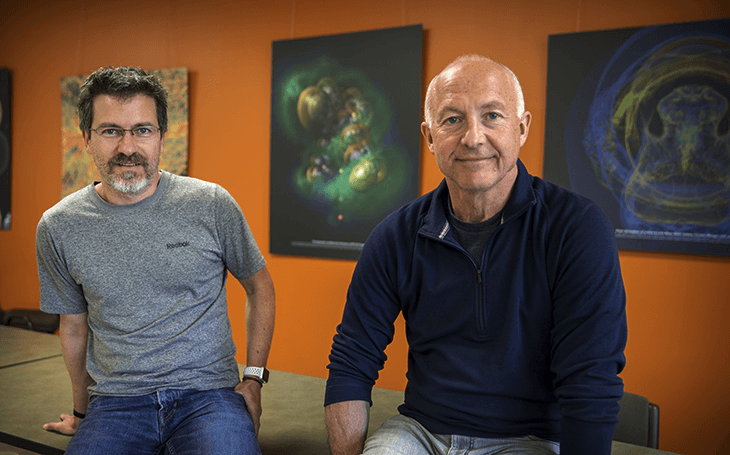
One way is to bring materials together in a lab, observe the reactions and learn from the results about the materials' physical properties — "a complicated, dirty business that takes a lot of work," Jackson said.
The other way is to model these chemical reactions on computers. It's called density functional theory, and it's cleaner and faster than lab work — but there's a catch: A phenomenon called "electron self-interaction" muddles the calculations.
Scientists have been forced to work around the problem for decades. That's where the CMU-led team — known as the FLOSIC Center — comes in.
"We're trying to find ways to fix that flaw," Jackson said.
The team has been working on the problem since receiving an initial DOE grant of $4.8 million in 2017.
Jackson said the renewed funding will support work on everything from basic theory to developing software to running calculations and tests. Around $400,000 a year will help CMU hire a postdoctoral student and several graduate students for the project. The rest will be shared among the other four universities in the project.
The CMU-led project was one of nine to receive a DOE grant this summer through a competitive peer review process among universities, national laboratories and other research institutions. All of the awardees are working on sophisticated software for the chemical sciences.
"DOE's national labs are using our world-leading supercomputing resources to solve the nation's most pressing challenges," said Harriet Kung, deputy director for science programs for the DOE Office of Science, in a news release. "These investments will enable researchers to design chemical mechanisms for energy-efficient and carbon-neutral energy applications as well as to solve some of the nation's other pressing problems in science and technology."
Jackson said researchers publish 30,000 scientific papers a year that involve density functional theory calculations.
"If we're fully successful," he said, "all of those people will be using our computational method. That will be a big deal."
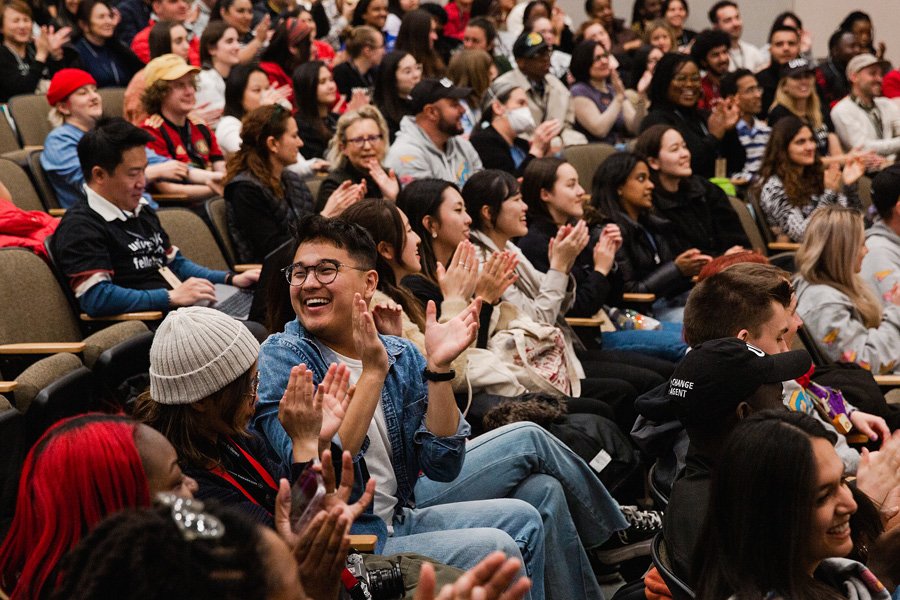
Explore special opportunities to learn new skills and travel the world.
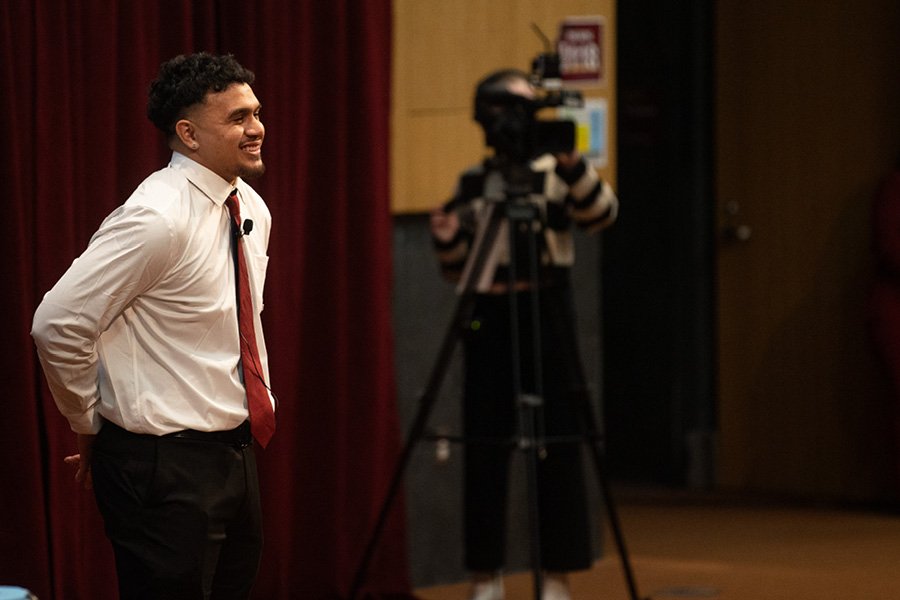
Present your venture and win BIG at the New Venture Challenge.
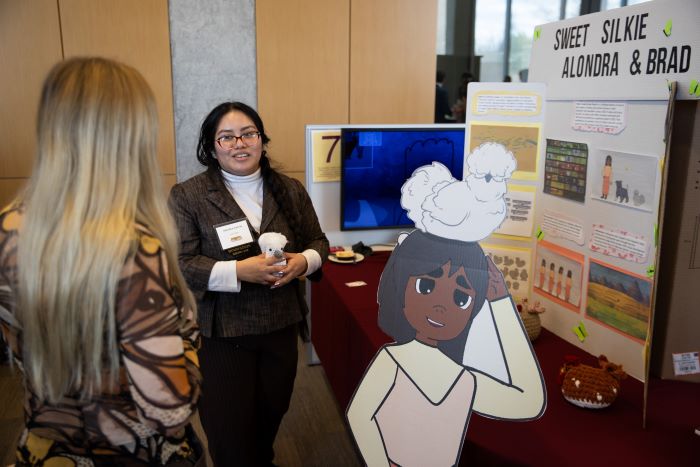
Boost your entrepreneurial skills through our workshops, mentor meetups and pitch competitions.

Learn about the entrepreneurship makerspace on campus in Grawn Hall.

Present a 2-minute pitch at the Make-A-Pitch Competition and you could win prizes and bragging rights!
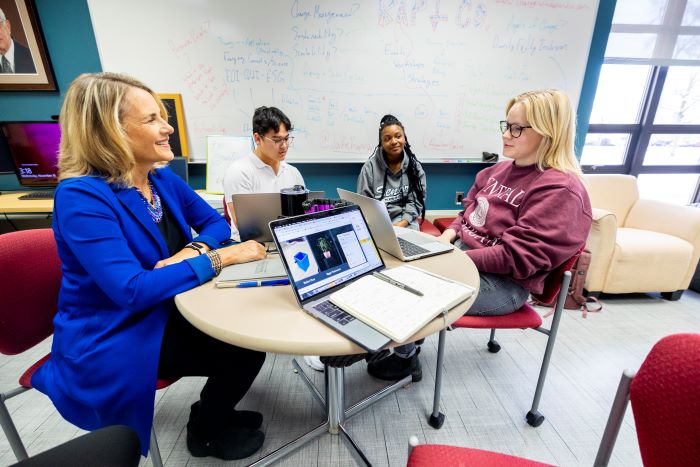
Connect with mentors and faculty who are here to support the next generation of CMU entrepreneurs.
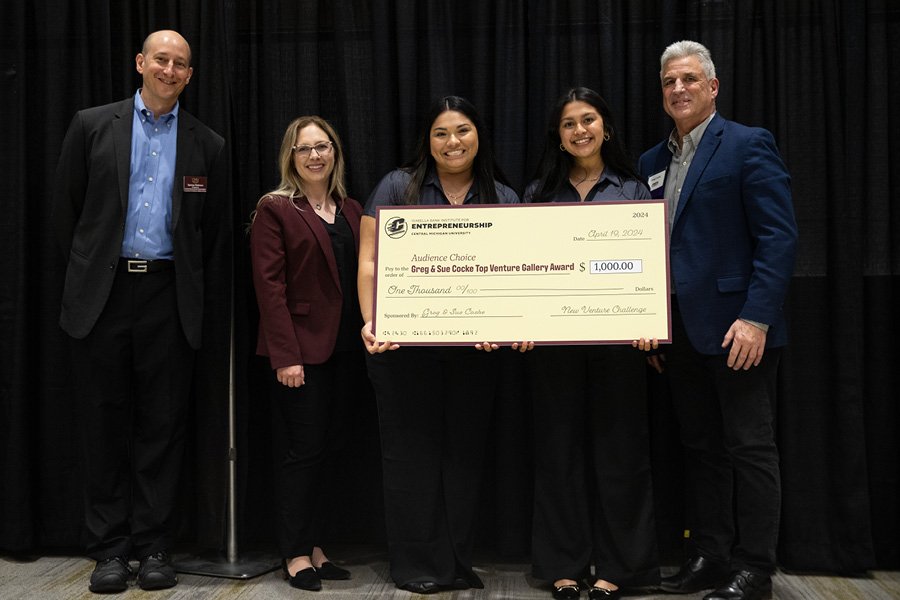
Are you a CMU alum looking to support CMU student entrepreneurs? Learn how you can support or donate to the Entrepreneurship Institute.